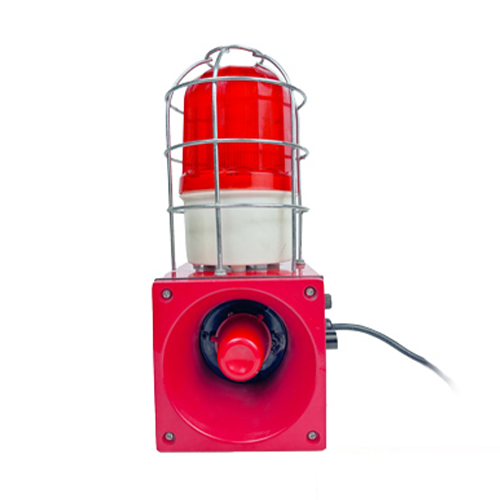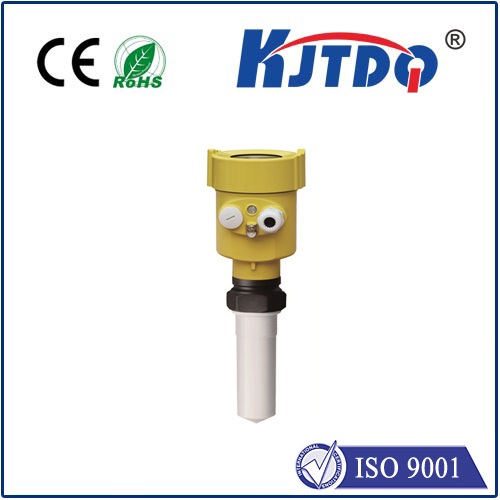

check

check

check

check
The Hidden Power of Fluid Temperature: Science and Everyday Impact
Imagine sipping your morning coffee—too hot, and you scald your tongue; too cold, and it loses its invigorating essence. This simple act underscores the pervasive yet often overlooked role of fluid temperature in our lives. From the steam rising in power plants to the blood flowing through your veins, fluid temperature governs countless processes, acting as a silent orchestrator of efficiency, safety, and innovation. In this article, we’ll explore the fascinating world of fluid temperature, revealing its scientific foundations, critical applications, and how it subtly shapes everything around us. By delving into its principles, you’ll gain insights that go beyond textbooks, empowering smarter decisions in both personal and professional realms.

At its core, fluid temperature refers to the measure of thermal energy within liquids and gases, influencing their behavior and interactions. Unlike solids, fluids flow and conform to their containers, making temperature a dynamic property that dictates density, viscosity, and heat transfer. For instance, thermal expansion occurs as fluids heat up—expanding volume and reducing density—which is vital in systems like automotive engines or ocean currents. This concept ties into thermodynamics, where heat exchange processes, such as convection or conduction, ensure energy flows naturally from warmer to cooler regions. Ignoring these basics can lead to inefficiencies; consider how a poorly insulated hot water pipe loses heat, wasting energy and increasing costs. By mastering such fundamentals, we unlock pathways to optimize designs in industries ranging from manufacturing to environmental science.
The significance of fluid temperature extends across diverse fields, driven by its impact on material properties and system performance. In industrial settings, precise temperature control is non-negotiable. Chemical reactors, for example, rely on optimal fluid temperatures to maintain reaction rates and prevent hazards like explosions. Similarly, in HVAC systems, refrigerant temperatures determine cooling efficiency, reducing energy consumption by up to 30% when regulated properly. Beyond machinery, fluid temperature plays a life-saving role in healthcare; blood storage requires strict thermal management to preserve viability, while in environmental contexts, ocean temperature shifts affect climate patterns and marine ecosystems. Recent studies highlight that global warming intensifies these effects, causing phenomena like coral bleaching through elevated fluid temperatures. Such interconnectedness underscores why monitoring and adjusting this variable is as crucial in a lab as it is in daily routines—think of adjusting your shower water to avoid scalds.
Several factors influence fluid temperature, making it a variable that demands careful consideration for sustainable outcomes. External elements like ambient air or solar radiation can rapidly alter thermal states, as seen in lakes where surface heating creates stratification, impacting aquatic life. Pressure also plays a pivotal role; increasing pressure raises boiling points, a principle exploited in pressure cookers for faster cooking. Human activities, such as industrial discharges or urban heat islands, exacerbate fluctuations, leading to thermal pollution that harms biodiversity. To manage this, advanced technologies like sensors and automated controls provide real-time data, enabling interventions before problems escalate. For instance, automotive cooling systems use thermostats to maintain engine fluids at ideal temperatures, enhancing longevity and fuel economy. By recognizing these influencers, we mitigate risks, such as preventing pipe bursts in winter through insulation—demonstrating how proactive strategies harness fluid temperature for resilience.
Practical applications of fluid temperature abound, showcasing its versatility in driving innovation and convenience. In renewable energy, geothermal plants leverage underground fluid temperatures to generate electricity, while solar thermal systems heat water for household use, cutting carbon footprints. Everyday items benefit too: your refrigerator employs coolant fluids to regulate internal temperatures, preserving food safety. Even in recreation, hot tubs or swimming pools rely on precise thermal adjustments for comfort and hygiene. Looking ahead, emerging fields like nanofluid research promise breakthroughs in cooling electronics, where tiny particles in fluids enhance heat dissipation for powerful gadgets. These examples highlight how fluid temperature isn’t just a scientific concept—it’s an engine of progress, transforming ideas into tangible solutions that elevate quality of life globally. To stay ahead, individuals and businesses alike must prioritize temperature management, investing in tools like smart thermostats that optimize usage effortlessly.
Ultimately, understanding and controlling fluid temperature empowers us to build more efficient, eco-friendly systems without compromising safety or innovation. Whether fine-tuning your home’s heating or designing large-scale infrastructure, the principles discussed here offer actionable insights. (Word count: 1050)









